Are you planning to head for Kailash Yatra either from the USA or looking just for the perfect Kailash tour package to turn your pilgrimage into a reality? If yes, then be assured you have landed on the correct page. Our Kailash Mansarovar Yatra from the USA via Nepal is the perfect place to hotwire your KMY. This portal is a complete guide to anyone preparing to join this highly religious pilgrimage from USA.
Along with being considered one of the most holy places in the world, Kailash Mansarovar also entices tourists with the tantalizing beauty of the Tibetan region comprising worthy wonders like Mount Kailash, Mansarovar Lake, and Yama Dwar, all of which boast both natural and religious significance. Together with our team of experienced guides and fellow pilgrims, you will be treading high-altitude trails, seeing ancient monasteries, and standing in awe of the views that capture the otherworldly charm of the mighty Himalayas.
In detail, the blog intends to serve as a book of information concerning every little aspect of the yatra, from preparation tips and travel logistics to enlightening spiritual ideas and experiences. It hits upon the essentials such as route options, yatra cost, group departure dates along with planning guidelines and booking process-setters, travel essentials, and so much more ensuring your successful trip outcome. Through giving a balanced insight about what to expect, the blog intends to empower potential attendees with enough information so they stay motivated, feel inspired, and ready to take on this sacred journey.
What is Kailash Mansarovar Yatra?
Kailash Mansarovar Yatra is a pilgrimage to the sacred Mount Kailash and Lake Mansarovar situated in the autonomous region of Tibet. The pilgrimage is performed mainly by Hindus, Buddhists, Jains, and Bons, as all these religions describe different spiritual meanings for this holy place. Mount Kailash, with an elevation of 6683 m, has both natural and religious significance.
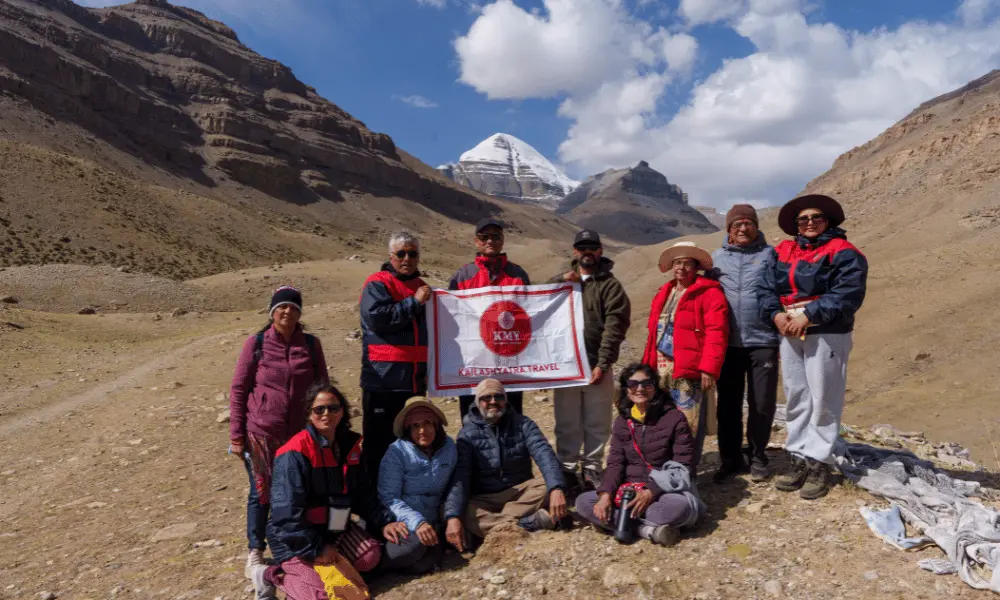
While the Hindus think that Mount Kailash is the abode of Lord Shiva with Goddess Parvati, in Buddhist cosmology, it is viewed as the abode of Buddha Demchok, who stands for the utmost bliss and enlightenment. In Jainism, Mount Kailash is believed to be the place where Rishabhanatha, the first Tirthankara, attained liberation. In the same way, Mount Kailash is viewed by Bon followers as their universe centre and a sacred axis of the world. Lake Mansarovar, located below Mount Kailash, holds the same religious significance and is considered to have been formed by the mind of Lord Brahma.
The Kailash Mansarovar Yatra goes on for a span of 13 to 17 days, whereas the kora, or circumambulation, extends for a mere 3 days, the trek being on the length of nearly 52 KM. Given the high-altitude nature of this pilgrimage with the highest point being at about 5600 m, half the journey spanning tough terrain, and the sudden changes in weather, the yatra is deemed challenging and requires adequate preparation. It is a difficult yet soul-touching journey, which appeals to the devotees from all across the globe.
Read More: Kailash Mansarovar Yatra
Kailash Mansarovar Yatra Facts
Here are some facts related to the sacred pilgrimage, Kailash Mansarovar Yatra:
|
Journey |
Kailash Mansarovar Yatra |
|
Trip Duration |
Minimum: 10 Days Maximum: 17 Days |
|
Major Attractions |
Mount Kailash (6638 m) Lake Mansarovar (4650 m) Rakshas Tal (4650 m) Yama Dwar (4750 m) Gauri Kund (5560 m) |
|
Average Elevation |
4000 m |
|
Maximum Elevation |
5600 m (Dolma la Pass) |
|
Difficulty |
Strenuous |
|
Starting point |
Kathmandu, Nepal |
|
Ending Point |
Kathmandu, Nepal |
Why go to Kailash via Nepal?
For earnest pilgrims from the USA desiring the profound journey to Mount Kailash and Lake Mansarovar, coming through Nepal offers enormous advantages. Kathmandu, the capital of Nepal, is the main hub, offering accessibility and a crucial point to begin acclimatization. Obviously, no direct flights from the US to Nepal are available, but connecting flights do help make the landing at Kathmandu easier. More importantly, to begin your pilgrimage in Nepal allows you the gradual ascend in altitude, which is the most important part in preventing the chances of acute mountain sickness (AMS) when you go higher to Kailash. Also, Kathmandu is a spiritual center of its own where one can do various pre-pilgrimage ritualistic activities and soak in the tremendous spiritual heritage of the area, setting a deep and meaningful tone for the complete Yatra.
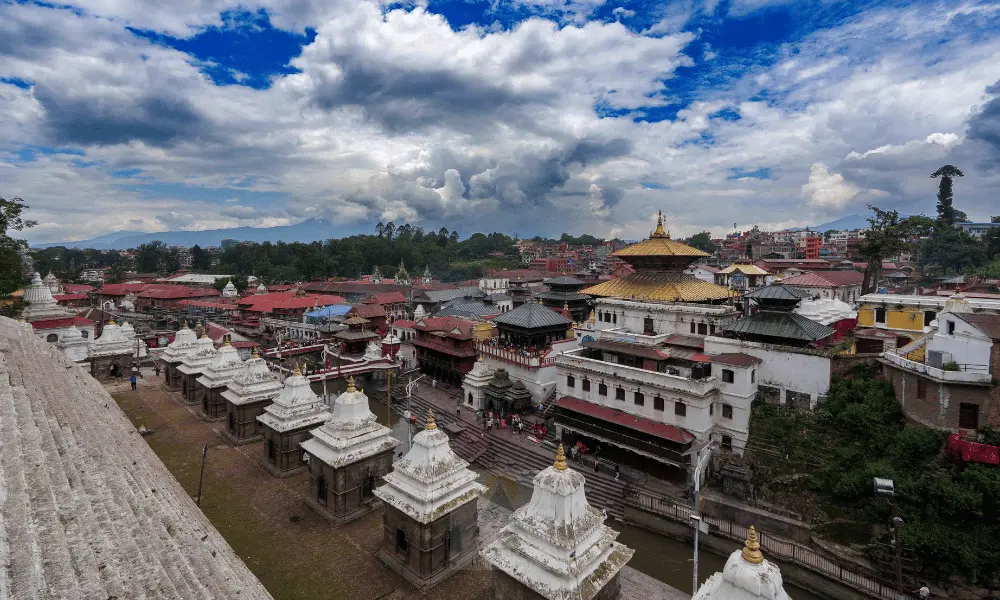
Beyond that, Nepal further systematically manages the complex logistics of the Kailash Yatra. Permits for the sensitive border areas around Kailash are some of the additional permits one may be asked for, a process that may require your presence in Kathmandu a few days before the departure itself. Renowned Nepal based Kailash tour operators are specialists in assisting these. These operators also allow flexibility and choice in travel: to either travel by land via the Kyirong border or to take a helicopter to the Hilsa border in a more time-saving manner. Ultimately, opting for the Nepal route for your Kailash Mansarovar Yatra from the USA creates a more holistic and enriching pilgrimage experience. The magnificence of pictorial diversity through Nepal to the Tibetan plateau from lush green valleys to vast arid plains adds to the attraction of scenic vistas for your spiritual quest.
Related Read: How to Reach Kailash Mansarovar?
Major Attractions on Kailash Yatra
The Kailash Yatra is an esteemed pilgrimage to Mount Kailash and Lake Mansarovar in Tibet. The pilgrims would feast on the many sites and natural phenomena of paramount importance, with profound religious and spiritual meaning, along the journey. Here are the details to it:

Mount Kailash
Mount Kailash has always been considered the most revered and awe-inspiring highlight of the Kailash Yatra. Rising at about 6638 m above sea-level, this snow-clad peak is worshipped in Hindu mythology as the abode of Lord Shiva and his consort, Goddess Parvati. For Buddhists, it is the representation of Mount Meru, the center of the universe, while Jains believe that it is the site where their first Tirthankara attained liberation. Pilgrims offer the circumambulation known as the kora (or parikrama), a difficult trek of 52 km (Outer Kora) and 32 km (Inner Kora) around the mountain which is considered to wash away sins and bestow spiritual merits on the pilgrim.
Lake Mansarovar
Lake Mansarovar lies in all its beauty, resting at an altitude of approximately 4650 m at the nearby sacred Mount Kailash. The name is derived from "Lake of the Mind," which is believed to be created from the mind of Lord Brahma and it is considered among the holiest lakes in the world. Hindus believe that a dip in its crystal clear waters will purify any sinner for countless lifetimes. Pilgrims often collect water from the lake to take hold, believing it contains miraculous spiritual effects.
Rakshas Tal
Rakshas Tal, which lies near Lake Mansarovar, presents a grim contrast. A lake of magic and mystery, it has always been linked to the figure of Ravana. He is said to have done severe penance by its banks in order to receive powers from Lord Shiva. As the lake had some positive associations, in contrast, Rakshas Tal carries an eerie reputation and is seldom used for ritual bathing; it only adds to the allure of the landscape in the considered region.
Yam Dwar
Yam Dwar, the "Gateway of the God of Death," is also considered an important mark for the commencement of the Mount Kailash Parikrama. From here, pilgrims pass through the symbolic gateway, offering prayers and seeking blessings for the successful completion of the arduous circuit.
Gauri Kunda
Gauri Kund is an alpine glacial lake on the parikrama route and is also called the Lake of Compassion. It is believed that Goddess Parvati bathed here. The place is sacred, and pilgrims pay their respects while passing by during the trek.
Listen To Our Podcast: Kailash Mansarovar Yatra Attractions
Kailash Mansarovar Yatra Preparation
Kailash Mansarovar Yatra is awe-inspiring and sacred, and hence it needs well-planned preparation. Fitness and acclimatization, travel formalities, and gearing up to prepare for every odd are a must to undertake so that one can have a secure and enriching pilgrimage experience. To help you prepare for this once-in-a-lifetime occasion are some must-know procedures:
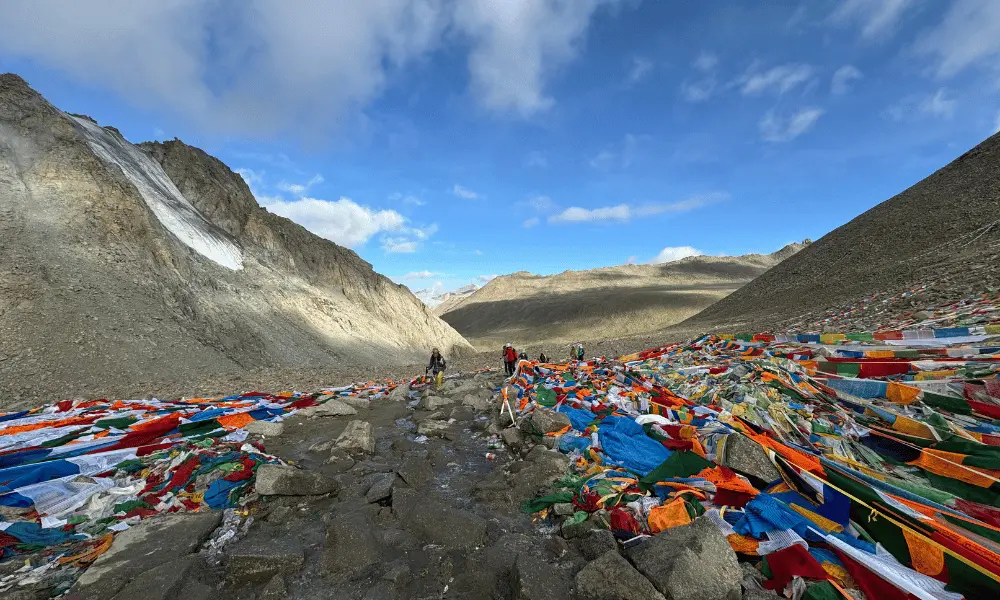
Health and Fitness Preparation
The Kailash Yatra is more than a spiritual adventure, it is also physically exerting. While preparing for the journey, your health should be good. Performing cardiovascular exercises will build your stamina. Also, one should undergo a thorough medical check-up to ensure that he or she is fit to undertake the pilgrimage. It should include tests for blood pressure, respiratory conditions, heart conditions, and any other potentially relevant notes. Also, confer with your physician to be sure that going to altitudes higher than 4,000 meters is okay for you.
Acclimatization at High Altitude
Since Kailash Mansarovar lies in a high-altitude location extending up to about 5,600 meters, slow and gradual acclimatization is required. Keep sufficient days for acclimatization in your itinerary. Altitude sickness is a major problem causing symptoms like headaches, dizziness, nausea, and breathlessness. To lessen the risk of altitude sickness, move slowly. Most importantly, listen to your body and keep yourself adequately hydrated along the way.
Choosing Best Time to Visit
From May till Mid September is the best time for the pilgrimage, when temperatures are generally lower, the skies are smiling down without the dark expectancy of heavy rains, or maybe even snow. Also, pilgrims usually plan their trips around the full moon dates during any given month. Being this season usually crowded, the wise will plan their itinerary well in advance and would try to book early.
Learn More: Best Time to Visit Kailash Mansarovar
Cash and Currency Considerations
ATMs and card facilities being sparse in Tibet, carrying good cash becomes a necessity. You will require Chinese Yuan, which is the only currency accepted in this area. The present rates of exchange are: 1 Chinese Yuan = USD 0.14, or 1 Chinese Yuan = NPR 18.94 (Please check recent currency exchange rate). You can convert money at banks, tourist agencies, or else at the immigration office, just prior to crossing the border.
Packing Needs
Packing with awareness will make everything much easier on your pilgrimage. Make sure to carry warm clothing and rugged trekking gear. Carry all basic essentials such as toiletries, hygiene products, and any medicines you tend to use regularly. Also, keep all travel-related documents handy for quick access.
Learn More: Kailash Mansarovar Yatra Packing Guidelines
First Aid and Medical Equipment
Have a well-stocked first-aid kit with you. Even though tour operators provide them, it is best to carry one. This will allow handling of minor health issues involving bandages, antiseptic wipes, painkiller medicines, and medicines for diarrhea. Since you will be at high altitude, check with your doctor about carrying medication for altitude sickness such as Diamox.
Visa and Permit Requirements
As the journey to Kailash Mansarovar involves crossing international borders, you will be required to obtain two visas; Nepalese visa and Tibetan Group visa and one permit issued by the Chinese authorities. More details to it are as follows:
US to Nepal
The journey to Nepal is much easier logistically than the journey from Nepal to Tibet. You will be required following documents and visa to enter Nepal:
- Visa-on-Arrival: Obtainable at Tribhuvan International Airport in Kathmandu. (Fill Nepal visa application online form here.)
- Visa Duration: Options are available for a 15, 30, or 90-day tourist visa depending upon your travel plans. Hence for you a 15 days multiple entry visa would be suitable.
Required Documentations:
- A valid passport with at least six months of validity beyond your planned stay.
- A completed visa application form, which is available at the airport or online.
- Passport-sized photos.
- Proof of return flight or onward travel.
- Payment for the visa fee, which varies based on the duration of the visa.
Nepal to Tibet
Transitioning from Nepal to Tibet hence requires careful adherence to the visa and permit norms set by the Chinese government. Here are the necessary requirements:
- Tibet Travel Permit: This is a compulsory document required for all foreign tourists entering Tibet. This permit is arranged by the tour operator you choose for the Yatra.
- Chinese Visa: Normally, if you were traveling directly to China, you would need a Chinese Visa. However, since you are entering Tibet via Nepal, you would need to get a special group visa from the Chinese Embassy in Kathmandu, even if you already possess a Chinese Visa.
Documentation:
- A valid passport. (9 months minimum)
- Passport-sized photos.
Note: The visa processing takes 4 working days, and the Chinese visa agency is closed on Saturdays and Sundays. Therefore, it is recommended that yatris plan their arrival on Saturdays, Sunday or Monday to ensure they have the 4 official days required for visa processing.
Learn More: Kailash Mansarovar Yatra Preparation
Recommended Packages
The packages we offer are meant to allow the traveler to select the best possible permutations to carry out in that sacred endeavor. From an overland drive via Tibet, a swift yet scenic ride on a chartered helicopter, to a fully private one tailored to one's whim, it is an assured experience of comfort and deep spiritual bonding with Mount Kailash and Lake Mansarovar.
Kailash Mansarovar Yatra by Drive
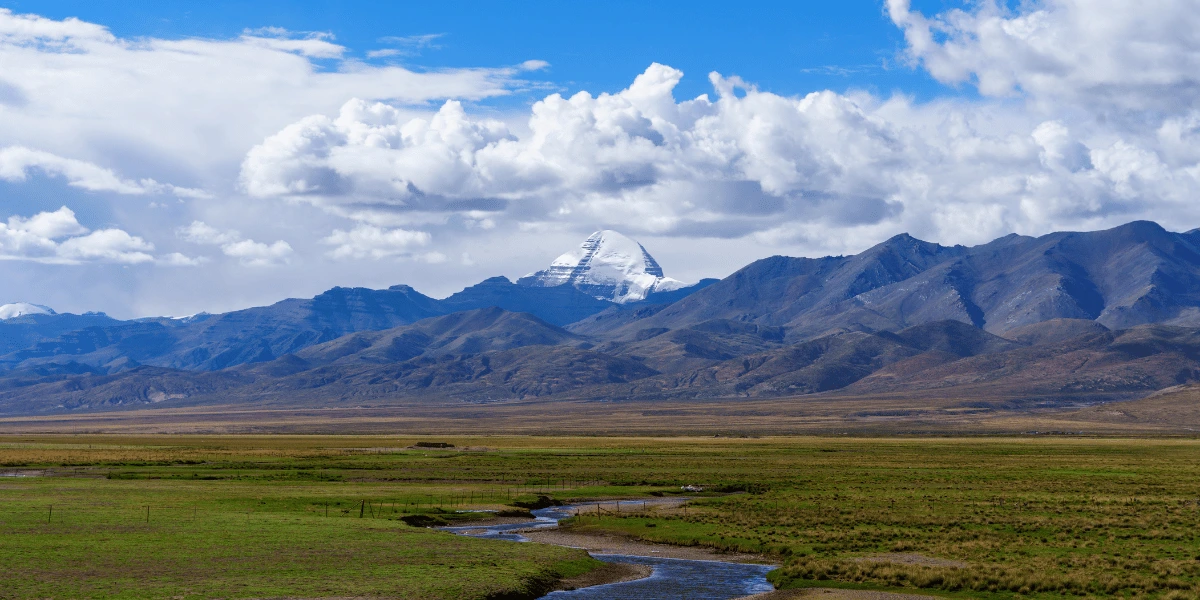
Start the adventure with an overland trip via the Kyirong border into Tibet. En route to sacred Mount Kailash and Lake Mansarovar, good travel by road offers gradual acclimatization to the altitude as well as seeing the scenic Himalayan terrains.
Outline Itinerary
|
DAY 01: Kathmandu Arrival. |
|
DAY 02: Visa Application, Kathmandu Sightseeing. |
|
DAY 03: Bhaktapur Sightseeing, Nagarkot Stay. |
|
DAY 04: Chandragiri and Swayambhunath Sightseeing. |
|
DAY 05: Packing and Final Preparation. |
|
DAY 06: Drive to Dhunche or Syabrubesi or Timure. |
|
DAY 07: Drive to Kyirong. (2850 m) |
|
DAY 08: Kyirong Acclimatisation. |
|
DAY 09: Drive to Saga. (4500 m) |
|
DAY 10: Drive to Lake Mansarovar. (4600 m) |
|
DAY 11: Drive to Darchen. (4700 m) |
|
DAY 12: Drive to Yama Dwar, Trek to Deruphuk. (5050 m) |
|
DAY 13: Trek to Zuthulpuk. (4800 m) |
|
DAY 14: Zuthulpuk to Saga. |
|
DAY 15: Drive back to Kyirong. (2850 m) |
|
DAY 16: Drive to Kathmandu. |
|
DAY 17: Transfer to Airport. |
Learn More: Kailash Mansarovar Yatra by Drive
Kailash Mansarovar Yatra by Heli
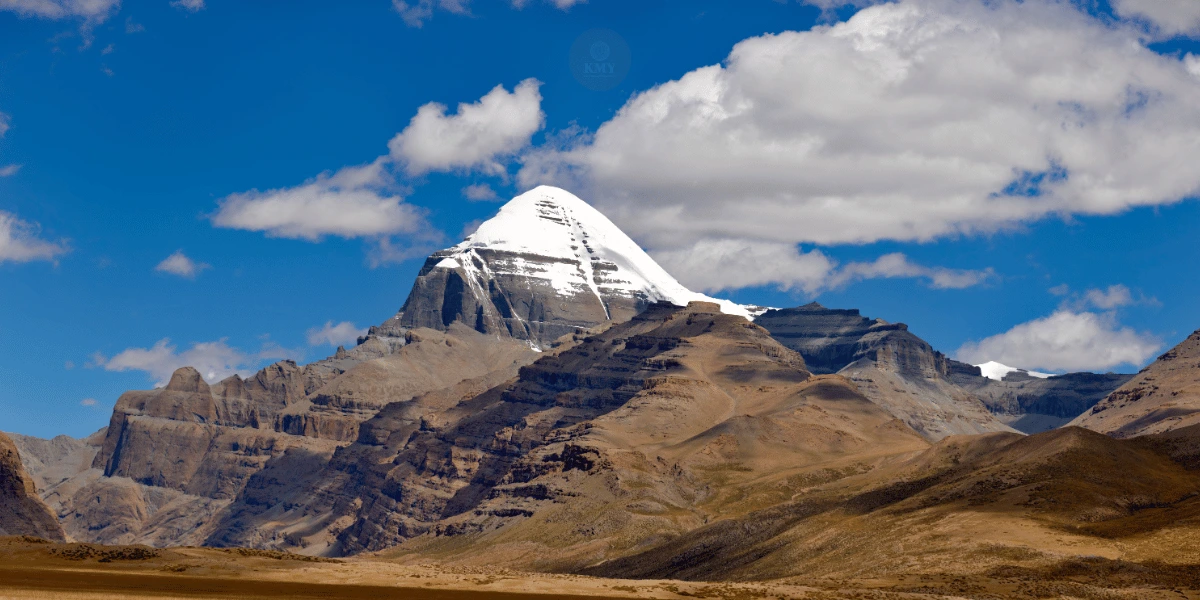
Embrace a quick and comfortable trip to the pilgrimage by a helicopter. Travel time is saved, maximizing your comfort as you hover over some of the most breathtaking valleys and mountains. Best suited for those who want shorter time under the spiritual atmosphere.
Outline Itinerary
|
DAY 01: Kathmandu Arrival. |
|
DAY 02: Visa Application, Kathmandu Sightseeing. |
|
DAY 03: Bhaktapur Sightseeing. |
|
Day 04: Chandragiri Sightseeing. |
|
Day 05: Packing, Fly to Nepalgunj. |
|
Day 06: Fly from Nepalgunj to Simikot. (2812 m) |
|
Day 07: Simikot to Hilsa to Taklakot. (3900 m) |
|
Day 08: Acclimatisation day at Taklakot. |
|
Day 09: Drive from Taklakot to Lake Mansarovar. (4650 m) |
|
Day 10: Drive to Yama Dwar, Trek to Derapuk. (5050 m) |
|
Day 11: Trek to Zuthulpuk. (4800 m) |
|
Day 12: Zuthulpuk to Hilsa or Simikot. |
|
Day 13: Hilsa to Simikot, Fly back to Kathmandu via Nepalgunj. |
|
Day 14: Departure. |
Learn More: Kailash Mansarovar Yatra by Heli
Kailash Mansarovar Yatra Private Tour by Drive
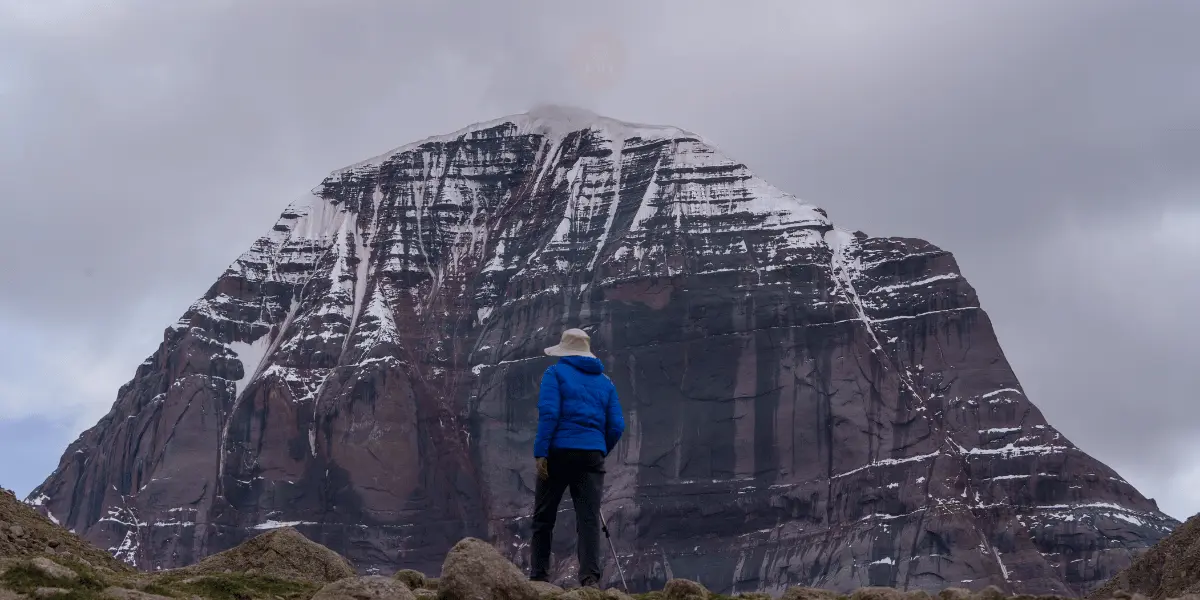
Go for a private-pilgrimage and custom-made private tour based on your time availability and preference. This private alternative guarantees fully conversant assistance and services along with the maximum and flexible freedom, so your preference can be expressed freely for a tranquil Kailash Mansarovar experience.
Outline Itinerary
|
Day 01: Kathmandu Arrival. |
|
Day 02: Visa Application, Kathmandu Sightseeing. |
|
Day 03: Bhaktapur Sightseeing, Nagarkot Stay. |
|
Day 04: Chandragiri Sightseeing. |
|
Day 05: Packing and Final Preparation. |
|
Day 06: Drive to Dhunche or Syabrubesi or Timure. |
|
Day 07: Drive to Kyirong. (2850 m) |
|
Day 08: Drive to Saga. (4500 m) |
|
Day 09: Drive from Saga to Lake Mansarovar. (4650 m) |
|
Day 10: Drive to Darchen. (4700 m) |
|
Day 11: Drive to Yama Dwar, Trek to Derapuk. (5050 m) |
|
Day 12: Trek to Zuthulpuk. (4800 m) (22 KM) |
|
Day 13: Zuthulpuk to Saga. |
|
Day 14: Drive back to Kyirong. (2850 m) |
|
Day 15: Drive to Kathmandu. (1400 m) |
|
Day 16: Transfer to Airport. |
Learn More: Kailash Mansarovar Yatra Private Tour
How to Book?
To book your trip and secure your spots for the Kailash Mansarovar Yatra, you just need to follow some simple steps:
STEP 1: Check Availability and Discuss Your Plans.
Contact us with your preferred travel dates. We'll confirm availability and provide detailed information about the entire tour arrangements.
STEP 2: Submit Passport Details.
Once your dates are finalized, please email a clear, scanned copy of your passport to [email protected]. Important: Passports must be valid for at least 9 months beyond your Yatra departure date.
STEP 3: Confirm Your Booking.
Confirm your reservation with an advance payment of USD 1,000 per person. Upon receipt:
- We will secure your accommodations and transport.
- We will initiate your visa processing.
Final Payment: The remaining balance is due 30 days prior to departure. Full payment is required by this deadline to finalize all arrangements.
Payment Options: USD cash or direct bank transfer.
Read Our: Booking Terms and Conditions
Conclusion
Our blog, Kailash Mansarovar Yatra, details everything about the pilgrimage-the profound meaning behind it, logistical particulars, and practical guidelines for adequate preparation. We have committed ourselves to ensuring, by way of focusing on the U.S. traveler, that the differences in culture and geography do not pose a hindrance to the journey.
Visiting Mount Kailash and Lake Mansarovar in the far-flung Himalayan ranges of Tibet is often considered strenuous due to its remoteness, high altitudes, rugged topography, and unpredictable climatic conditions, all demanding thorough mental and physical preparations. Preparation becomes all the more vital for the participants from the United States due to the long cross-continental journey.
Interest in the Kailash Mansarovar Yatra is expected to grow every year as more seekers consider participating in this life-changing experience. Being nurtured, helped, and guided by expert teams will lead the participants to remain focused on their spiritual pursuits, without worrying about unnecessary impediments. Holidays to Nepal, learning from lessons of the past years, will try their best to enhance the Yatra to the fullest by meticulously improving the pilgrimage to be smoother and gratifying for each and every traveler.
Related Article: Kailash Mansarovar Yatra from UK
Frequently Asked Questions (FAQs)
Here are some frequently asked questions about Kailash Mansarovar Yatra from USA:
How much does Kailash Mansarovar Yatra cost from USA?
The cost for the Kailash Mansarovar Yatra depends on various factors like the route chosen, travel type, number of pax and numerous other factors. For group packages which are for a minimum of 20 people, the cost ranges from USD 3200-4500 per person. However, for private packages which accommodate only 4-6 people the cost comes in between USD 4500-6500 per person depending upon the package type.
How can I get to Kailash Mansarovar from the USA via Nepal?
You will:
- Fly from the USA to Kathmandu, Nepal (usually through Middle Eastern or Asian hubs).
- Spend a few days in Kathmandu to obtain permits, conduct medical checks, and prepare.
- Travel either by air or road to the Nepal-Tibet border (commonly Hilsa or Kyirong) for entry into Tibet.
What are the major routes to Kailash from Nepal?
There are three main ways to get to Kailash Mansarovar from Nepal. They are overland via the Kyirong border, by helicopter via Nepalgunj, and by flight via Lhasa.
- KMY via Kyirong border: This is a good option if you are looking for a more adventurous trip. The journey from Kathmandu to Kailash is 10 days and you will need to cross the border between Nepal and China at Kyirong Border.
- KMY by helicopter via Nepalgunj: It is an expensive option, but also one of the fastest ways to get to Kailash Mansarovar. The helicopter tour takes about 1 day from Simikot in Nepal to Hilsa in Tibet.
- KMY via Lhasa with EBC: This route takes you through Lhasa, the capital city of Tibet, where both flight and drive options are available from Nepal. It also includes a visit to North Everest Base Camp (EBC) from the Tibet side.
Note: In case of any emergencies like the natural disasters that interrupt the way towards Kyirong border, alternative routes like Tatopani border or Korala border will be used to enter Tibet according to the authorities decision. If it happens so, the itinerary from day 3 will be changed accordingly.

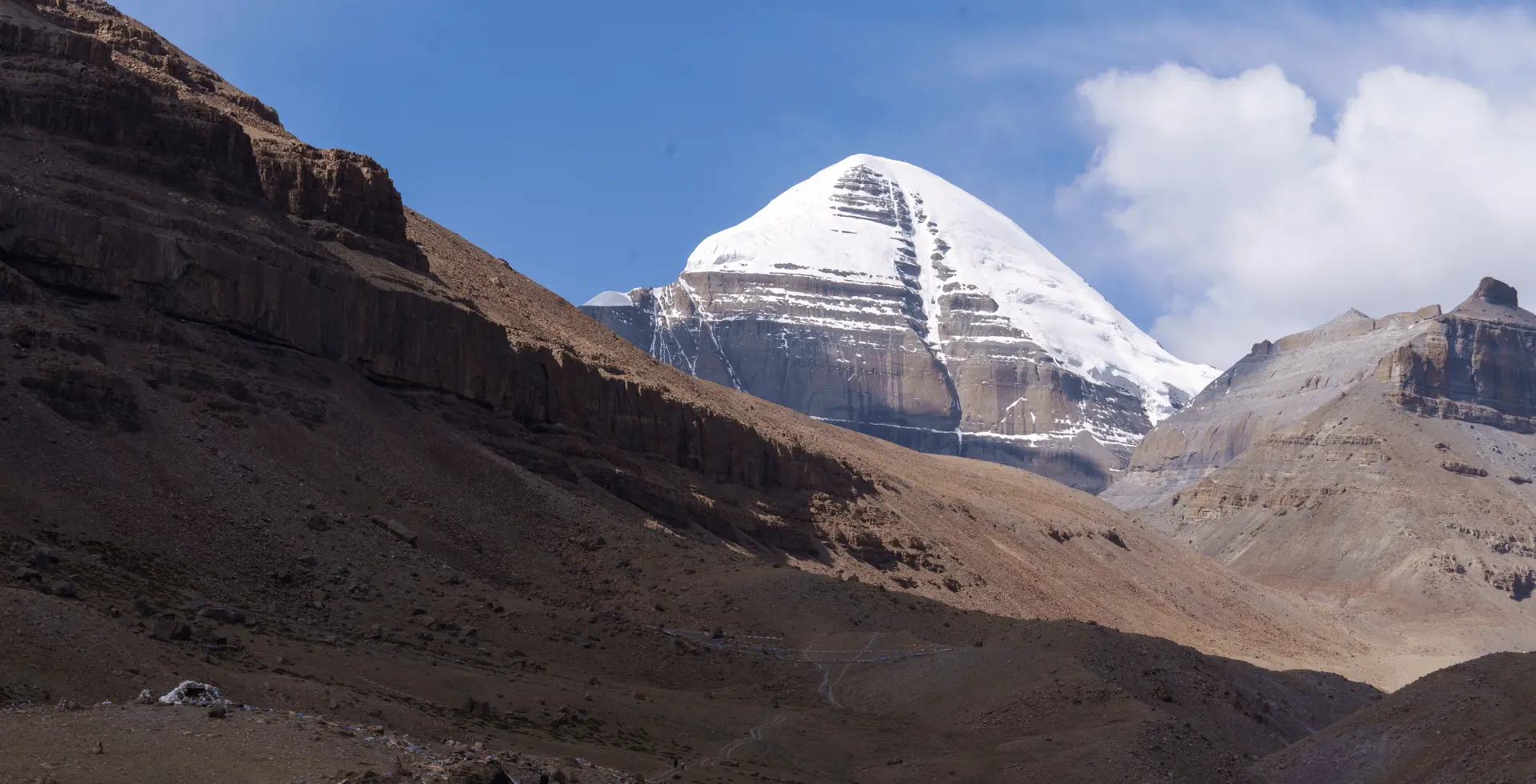
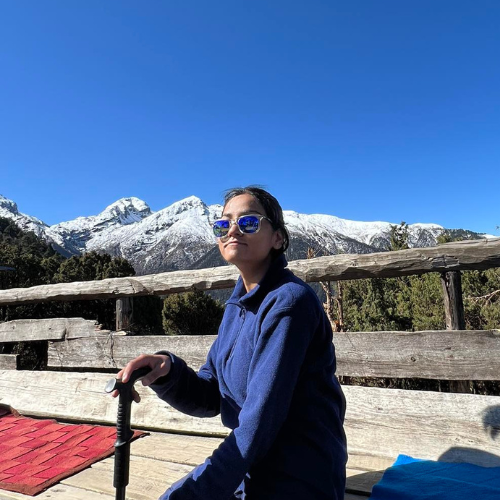 Mandira Itani
Mandira Itani